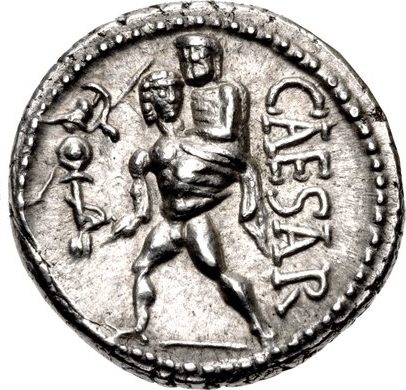Roman Gods and Heroes
31 The Aeneid

The Aeneid, an epic poem written by Virgil between 29-19 BCE is probably the most famous work of Latin literature. It tells the story of the hero Aeneas’ escape from Troy after the Trojan War and his perilous journey to Italy where he would found a city that would one day lead to the foundation of Rome. Aeneas was the son of the goddess Venus (Aphrodite) and the Trojan shepherd Anchises. He fought on the side of the Trojans in the Trojan War.
The Aeneid, like Homer’s Iliad and Odyssey, was written in dactylic hexameter (the epic meter) and has elements in common with both poems. The first part of the poem is similar to the Odyssey in that it narrates Aeneas’ sea journey, and his various adventure, from Troy to Italy. The second half of the poem is Iliadic in that deals with the conflict between Aeneas’ men and the native Latins that they find living on the Italian Peninsula. The two halves are divided by Book 6, which, like Book 11 of the Odyssey, is a katabasis– a journey to the underworld.
The poem has also been seen as a mediation on colonialism and imperialism.
The full poem can be read here.
Media Attributions
- Coin of Julius Caesar. Sacred Palladium © the Classical Numismatic Group is licensed under a CC BY-SA (Attribution ShareAlike) license

